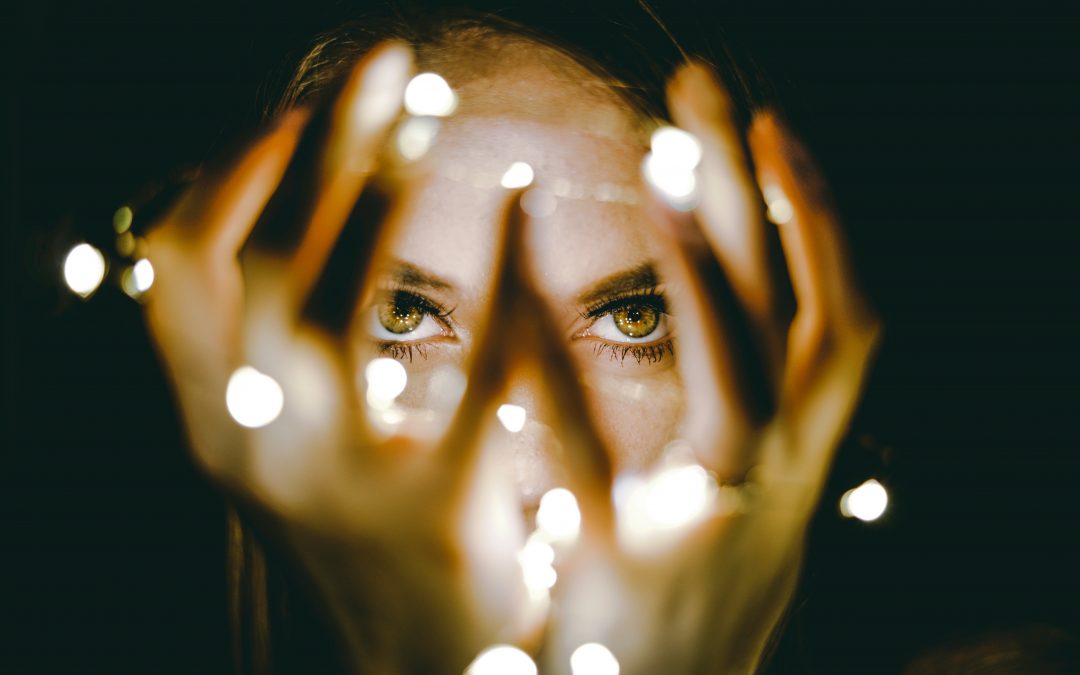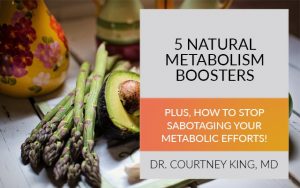What is Colorado Prop 122?
On November 8, 2022, Colorado voters approved Proposition 122, The Natural Medicine Health Act. This bill decriminalized personal use and possession of the natural psychedelic medicines ibogaine, DMT, psilocybin, and mescaline (excluding peyote) for those over 21. It allows for the growing, sharing and gifting of these plant medicines, but will not allow for their sale. Prop 122 will also create a Regulated Access Program that will allow the distribution and consumption of psilocybin with trained facilitators at state approved facilities.
In addition, individuals with convictions for past violations with these medicines can now apply to have their records sealed, as these psychedelics are no longer illegal in Colorado. The measure also opens up new opportunities for the use of psychedelic treatment for mental health conditions as Prop 122 creates the state-level Regulated Natural Medicine Access Program and a Natural Medicine Advisory Board to oversee organizations and facilitators administering psychedelic medical treatments.
Psychedelics have been used by humans for thousands of years for therapeutic, recreational, and spiritual purposes. In the last century, popular attitudes toward psychedelics have varied from curiosity to prohibition, depending on how the drugs, or medicines, were understood. While the hallucinogenic compound ketamine has been FDA- approved for over 50 years, very promising research on LSD and other psychedelic compounds was dramatically halted with the commencement of the War On Drugs.
Fortunately, over the last 10+ years research into the therapeutic uses of many psychedelic medicines has returned full speed with extremely promising results. It is the findings of these scientific studies that have led to the successful decriminalization of natural medicines in cities across America, and now in 2 states! The 1960’s counterculture stigma around psychedelics is finally being obliterated as these compounds continue to afford significant healing in the realms of mental health and spiritual well being.
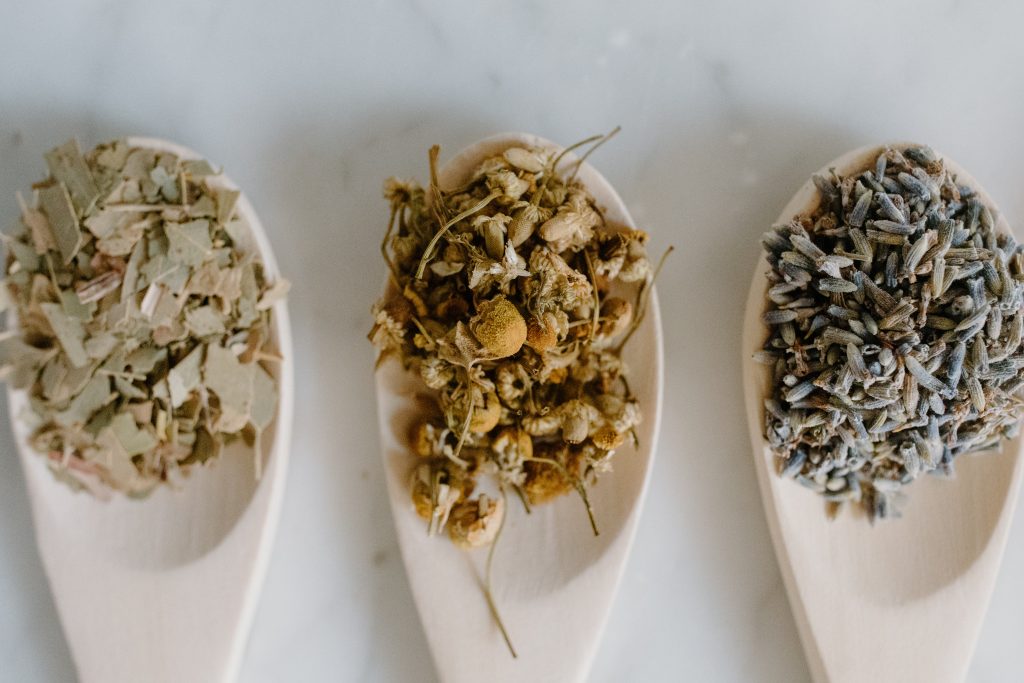
What is Psychedelic Medicine?
Both policy and popular attitudes toward entheogens and hallucinogens are changing. In 2019, a nasal spray form of a ketamine derivative was approved by the FDA for the treatment of depression. In recent years, cities across the United States have decriminalized other psychedelic medicines, Denver being the first. In 2020, Oregon was the first state to legalize psilocybin for use in therapy, and in 2023 we will see these clinics open there and begin to provide their healing work. Colorado’s vote on November 8, 2022, makes it the second state to open up these avenues for study and therapeutic use.
Specifically, Coloradans and those who travel to Colorado for such therapy, will be able to access medical treatments that were previously prohibited. Dimethyltryptamine, ibogaine, mescaline (excluding peyote), and psilocybin/psilocin are now officially decriminalized. Individuals can now possess and cultivate modest quantities without state-level repercussions. Perhaps more exciting, however, is the opportunity to use these drugs in therapeutic settings to treat mental health issues like PTSD, treatment-resistant depression, anxiety, overwhelm, spiritual disconnectedness, and more. More and more research is being funded to explore the healing effects of psychedelic medicines on well subjects looking into things like enhancing consciousness, increasing the sense of wellbeing, deepening meditation practices, spiritual health, and more.
So, how did they decide which natural medicines to decriminalize? Many people do not know much about some of these fascinating compounds, so read on to learn more about these decriminalized natural medicines and how they work!
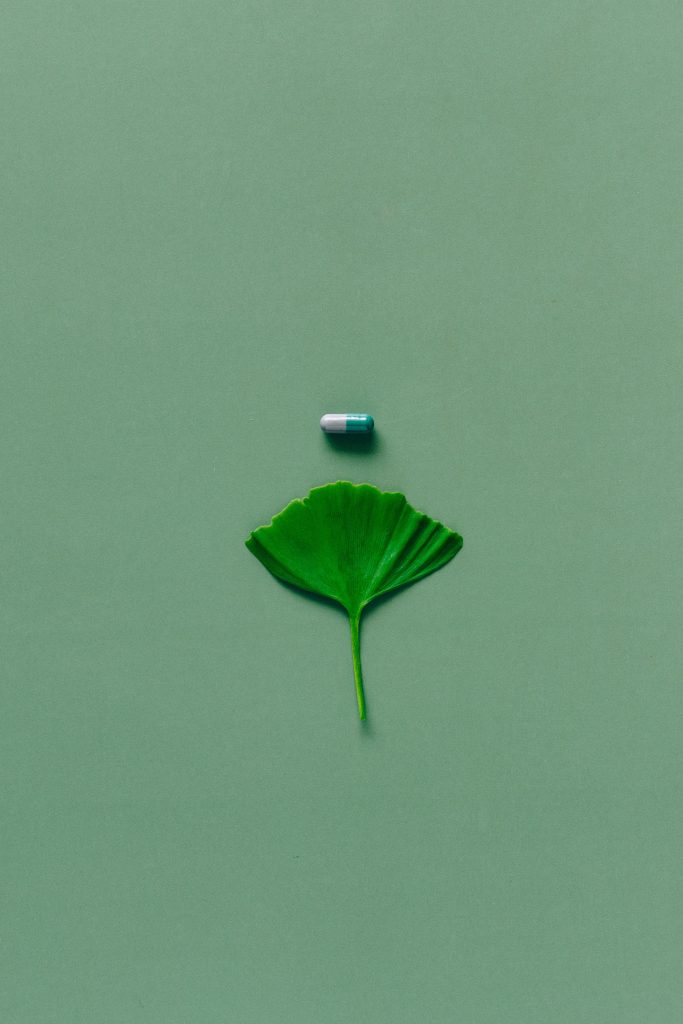
N,N-Dimethyltryptamine (commonly known as DMT)
DMT is all around us in the natural world. It is even biosynthesized in your pineal gland and thought to be released at death, based on numerous near-death experiences. N,N-Dimethyltryptamine and 5-MeO-Dimethyltryptamine are psychoactive compounds that have been used as entheogens in religious ceremonies by indigenous peoples for hundreds of years. DMT is found abundantly in nature in over 50 plants and in many animals (including HUMANS!) Many of the natural sources are native to Mexico, South America, and parts of Asia, but DMT containing plants grow well in warm climates everywhere.
While DMT can also be chemically synthesized, the most abundantly used natural forms are Ayahuasca (N,N-DMT) and Bufo Alvarius Toad (5MeO-DMT). DMT has low oral bioavailability, so it is often smoked or inhaled which makes it rapid acting with the psychedelic effects typically lasting around 20 minutes. However, because Ayahuasca is a brew of plants that include Psychotria viridis shrub (containing the N,N-DMT) and Banisteriopsis caapi vine (which not only has its own psychoactive properties, it also acts as a MAO-inhibitor, inhibiting the enzymatic breakdown of the DMT in the GI system) and therefore, the Ayahuasca brew allows for its oral ingestion.
DMT activates multiple receptors including Serotonin 2A receptor among others. Brain scans of people on DMT and Ayahuasca show altered activity in the visual and auditory cortexes as well as those pertaining to memory. Areas for perception and processing of negative emotions and sad memories, memory retrieval areas, and the amygdala (which is associated with processing fear, anxiety and aggression) all show great changes under the influence of DMT/Ayahuasca. While there is still much research to be done for a full understanding of this traditional entheogenic compound, especially in the realm of epigenetic changes induced by a very novel receptor that DMT activates, we can clearly see how it would help to process and heal trauma memories, PTSD, and depression. It has also been shown to be effective for individuals experiencing rumination and repetitive thoughts.
Patients, with and without mental health disorders, that have used DMT or Ayahuasca often find their thought patterns refreshed. They can become more resilient to external stimuli (less irritation, less fear) and better able to cope with difficult situations as they arise in the future.
Ibogaine (from Iboga)
Ibogaine is a psychoactive isolated indole alkaloid that is found naturally as Iboga in plants of the Apocynaceae family from Africa. Ibogaine is one isolated alkaloid from the Iboga plant, which in its natural form has 11 additional alkaloids, which many believe lend to its therapeutic healing properties. The phases of the journey are similar for the two, however the intensity of Iboga is quite heightened. Iboga was first used in Gabon by African spiritual traditions of the Bwiti religion in rituals and for healing. In 1962, it was first brought to the West for its anti-addictive properties by a heroin addict who reduced his cravings significantly after using the medicine in Africa.
Ibogaine interacts with several neurotransmitters, with a moderate affinity for opioid receptors. It is metabolized into noribogaine in the body, which increases the availability of serotonin in the brain. Research has shown that the administration of ibogaine can alleviate the experience of opiate withdrawal to the extent that symptoms and cravings may be completely eliminated in 80% of addicts.
A thorough medical clearance is needed before one is accepted for Ibogaine treatment, as there are dangerous interactions with MANY pharmaceutical drugs, as well as with people who have any underlying cardiac conditions. Supervision is paramount, and weight based dosing is very specific, as it can be a fatal medicine. Fatalities are reported in 1/400 participants (usually on other prescription medications), but this is still a lot less than the rate of fatalities from opioid overdose.
Ibogaine is definitely not thought of as a recreational drug, for many reasons. An ibogaine journey can last over 24 hours and can create sensations of nausea, dizziness, vomiting, and a temporary inability to coordinate physical movements (ataxia). The majority of users will purge, and while this is thought of as part of the healing process, most people do not recreationally want to vomit. While these factors make ibogaine less intriguing for recreational use, they do not present as much of an obstacle to individuals facing very difficult opiate withdrawal symptoms, or for those looking for more traditional spiritual healing.
Users seeking addiction recovery support report their ibogaine journey as a set of overwhelming sensations and a flood of insights into abstract concepts. As the flood of sensations abates, a calmer, more reflective period emerges. While a journey will last a few hours up to 24 hours depending on the patient and the dose, a window of expanded introspectiveness remains open for several days to weeks after the acute experience.
Mescaline (excluding peyote)
The chemical compound mescaline is found in several cacti native to the southwest United States, Mexico, and South America. These include San Pedro, Peruvian Torch, and peyote. Due to the religious nature of the peyote cactus for Native American religious and shamanic ceremonies, and the continued over-harvesting and subsequent threatened endangerment, peyote is the one form of mescaline that was not included in Prop 122. I think this is a huge sentiment to how well crafted and comprehensive Prop 122 was as a bill to include provisions to save the plant for the indigenous peoples who have been using this medicine for thousands of years.
Research into therapeutic applications of mescaline is still in the early stages. Current studies indicate that mescaline increases activity in the areas of the brain responsible for behavior, problem-solving, and emotional regulation. Mescaline acts on serotonin and dopamine receptors, so the drug may improve mood, alleviate depression, and enhance self-motivation.
Mescaline is a highly hallucinogenic substance and almost always leads to visuals. It leads to empathic qualities that make it a great drug for self-exploration and personal healing. Individuals report feelings of euphoria, a dissolution of the ego (leading to feelings of oneness with everything) and a sense of calm while taking mescaline. If these experiences can be harnessed and offered to people with persistent mental health concerns, as part of a larger treatment plan, this could offer another very exciting healing option for many people!
Psilocybin/Psilocin
Psilocybin and psilocin are chemically similar compounds that create a hallucinogenic effect and are both found naturally in psychedelic ‘magic’ mushrooms. Psilocybin is the main psychoactive ingredient in psychedelic mushrooms, but psilocin and an array of other naturally occurring less psychedelic substances are present in smaller amounts in the fungi. Psilocybin also metabolizes to psilocin in your body. In most of the current research studies, to assure accurate and repeatable dosing, they use capsules of extracted psilocybin as the medicine. While this is the most potent form, it is certainly not going to be the same experience as ingesting actual mushrooms which have the full natural symbiotic chemical constituency.
Psilocybin is a classic serotonergic psychedelic, meaning that it acts on the serotonin receptors in the brain. This may account for its anti-depressive and anti-anxiolytic properties, and it leads to signaling pathways that lead to increased neuroplasticity. This increase in neurogenesis and brain pathway development is thought to be the mechanism for the long-term reduction of symptoms seen with this medicine.
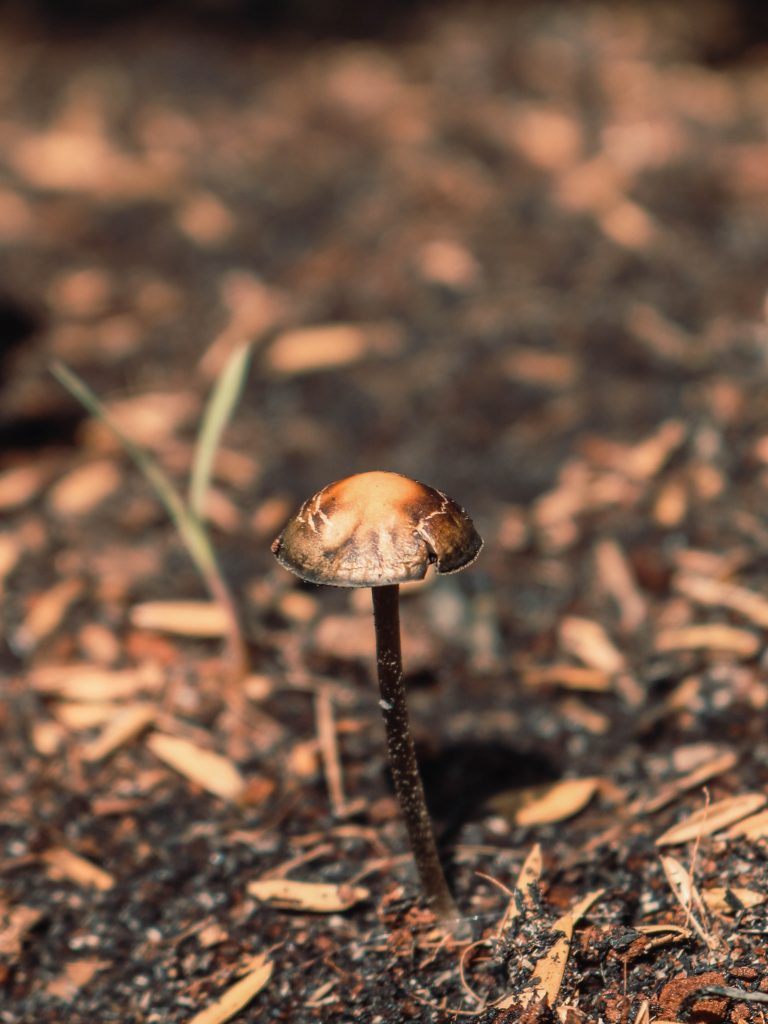
Unlike most other naturally occurring psychedelics, psilocybin containing mushrooms grow in almost any climate and are found all around the world, accounting for their widespread traditional use. In 1955 R. Gordon Wasson met with Maria Sabina, a Mazatec curandera, shaman, and poet from Oaxaca, who allowed the Westerner to join their sacred ceremony and use the healing mushrooms. In 1957 an article describing their meeting was on the front of Life magazine, and with this, brought psychedelic mushrooms to the western world. Before this time, they had only been used traditionally for ceremony, religion and healing.
Recent studies coming from prestigious institutions like the Center for Psychedelic and Consciousness Research at Johns Hopkins University have shown that psilocybin/psilocin can be beneficial for patients experiencing depression, obsessive-compulsive disorder, addiction recovery, and even for deepening meditation practices, and expanding consciousness. A recent study followed participants to the 1-year mark, showing that psilocybin treatment for Major Depression was effective for up to a year in MOST patients! Patients who have undergone these treatments reported improvements in mood, attitude, and behavior. Some individuals also report frank spiritual experiences.
These compounds are also commonly used in “microdose” forms, where people take 1/10th of a normal full psychedelic dose. These sub-perceptual doses are intended to improve mood, focus, creativity, and energy, just giving a little lift, without getting high.
So what comes next in Colorado?
While these Natural Medicines will likely remain available for purchase on the black market, the passage of Prop 122 legally allows people the freedom to grow and possess the medicine for themselves. The creation of the Regulated Access Program will increase the legal growing, production and distribution of these 4 psychedelic medicines at consistent, quality-controlled doses appropriate for medical treatments. Psilocybin will be provided through this program first, with the hopes for the rest of these medicines to closely follow suit.
For healthcare providers, organizations, and individuals committed to the treatment of chronic depression, PTSD, and addiction recovery, Prop 122 is a step in the right direction. If we are able to also respect the cultures who first used these traditional natural medicines for healing, and if decriminalization can go hand in hand with appropriate medicalization that ensures safe use and provides integration support for the very ill, then Prop 122 will allow Colorado to set an important precedent, and stellar example, for the entire nation to responsibly incorporate psychedelic healing.

